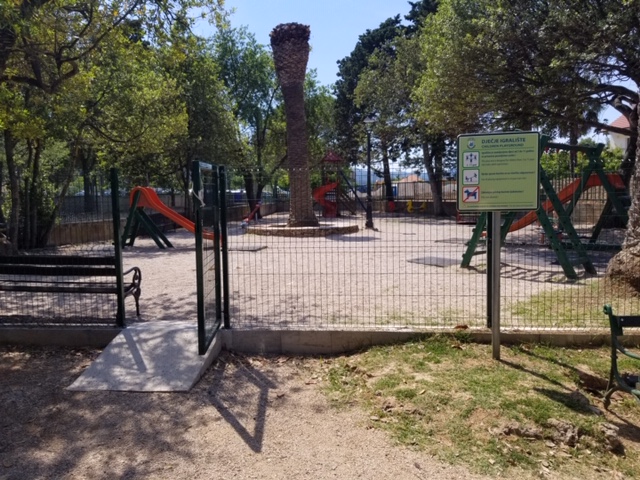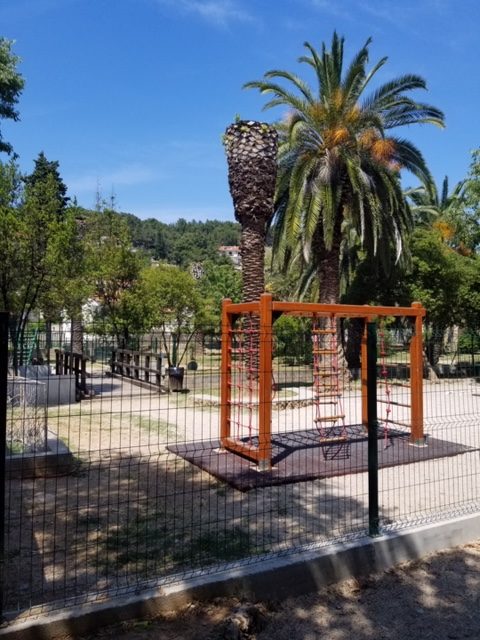Laurin Mackowitz, University of Graz
Children learn to sit and walk protected by parental supervisors armed with gadgets of surveillance and inhibition. Caring eyes aim to guarantee a safe and certain development of early-stage humanoids. Yet, what development are they aiming for? Does this securitization of playgrounds reflect Western societies’ general orientation towards greater immunization against threats, real, potential or imagined? And, if so, are children protected from the failures and flaws that seem to be necessary to learn, measure, and overcome? It does appear in addition to their educational functions, playgrounds inherit the quasi-evolutionary dimension of encountering wilderness, fostering the child’s awareness of its own capacities to survive. Playgrounds are laboratories, spaces for children to experiment with various modes of movement on alternating surfaces, which vary so much from the concrete sideways, city dwellers usually walk on. Here the industrialized concrete walkers might run, climb, jump and swing on sand, soil or wood. In that sense playgrounds are separated, even secluded or elevated spaces. The playground’s imitation of wilderness creates a space that is potentially dangerous. Playgrounds are places where children can risk their lives.

Yet, what happens, if children harm themselves or others within this exceptionally ordained heterotopy? Liability concerns between cities and parents, complaints about unsafe playground equipment, as well as debates about negligent supervision have led to the paradoxical situation that playgrounds need to fulfill numerous paragraphs of lawful requirements.
Certainly, most games involve some set of rules. In contrast to the legal regulations of playgrounds, these rules are known to the players, moreover they are part of the game, not the law of the stadium. Assuming the games of the playground are played according to the above-mentioned rule that they represent nature’s contingency, danger, and flaws, is it then that the games of the playground require the anarchy of the playground? The legal battle about how to regulate the paradoxically intended lawless contingency and wilderness of playgrounds might be a symptom of another disturbing question: Is playing, essentially, dangerous? What is more, is play a method to learn how to cope with the innumerous unaccounted dangers posed by the contingency, lingering outside the anthroposphere? (Or are such functional or evolutionary considerations about play reductive?). Is it then that the nostalgia, haunting the visitor of playgrounds, indicates the connection of play with another human faculty: the readiness for adventure, which opens evolution for yet another journey to the unknown?

